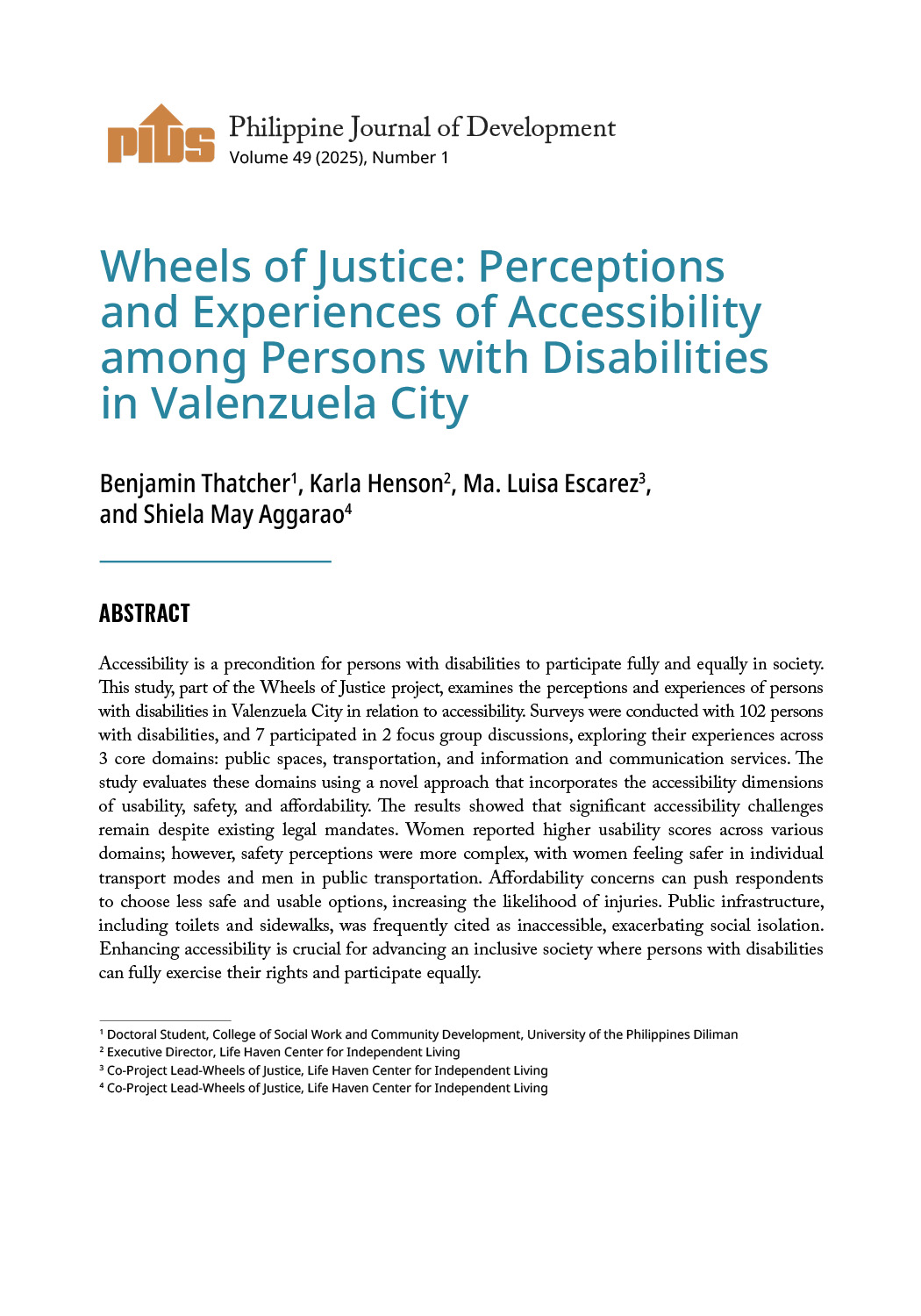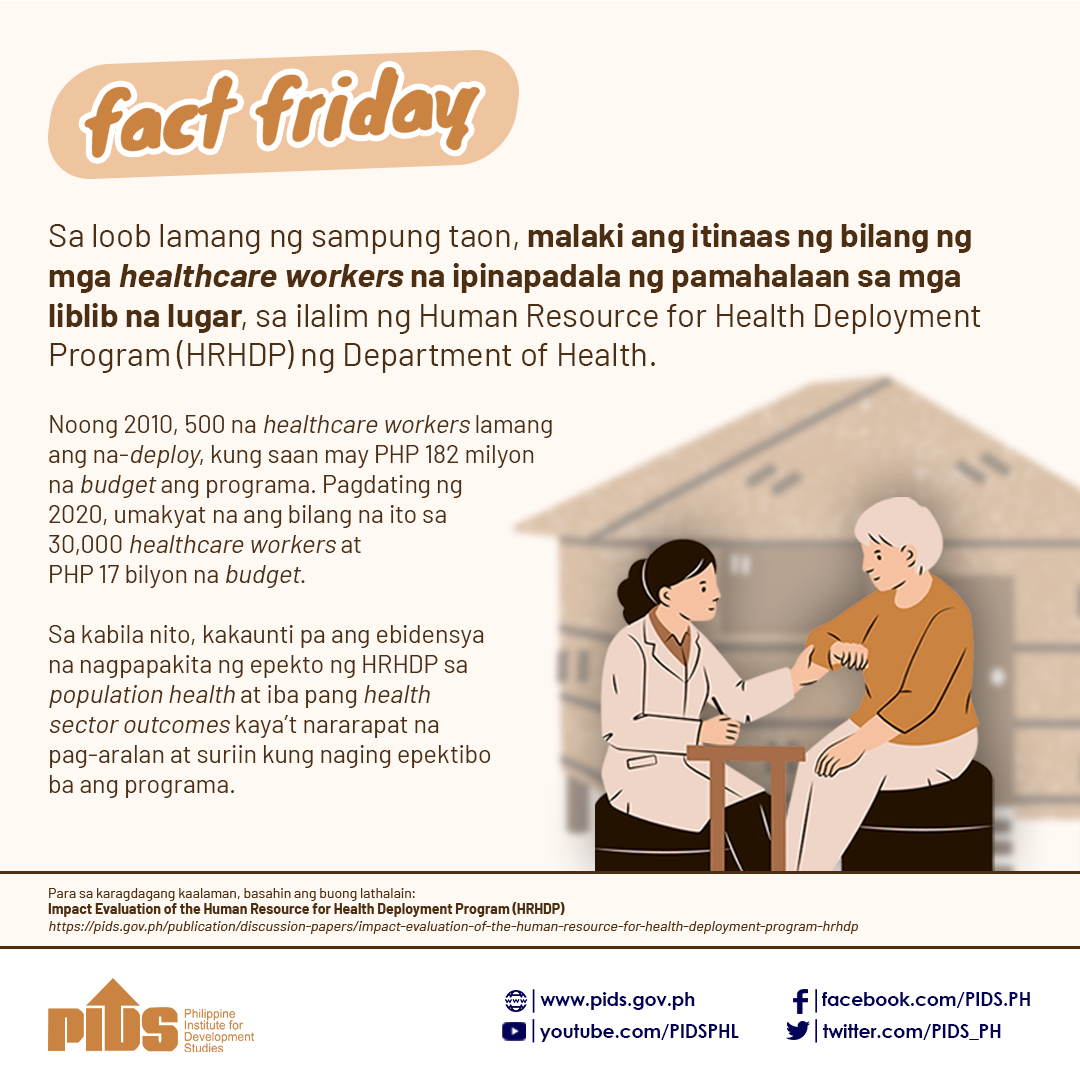The national government remains open to the possibility of including employment as a precondition to availing of conditional-cash transfers (CCT), according to an official of the National Economic and Development Authority (Neda).
Neda Undersecretary Rosemarie G. Edillon told the BusinessMirror that the employment condition was recommended by Agriculture Secretary Emmanuel F. Piñol.
“This could be a good enhancement but it will need to be carefully studied versus the original objective of addressing intergenerational poverty,” Edillon said.
Edillon said adding the employment condition on top of the existing requirements to avail of the CCT has to be balanced with the ease of compliance and overall implementation.
In the health and education part of the CCT condition, she noted that the government helps poor families achieve these through public schools and health centers.
But, Edillon said, securing employment will require more effort on the part of the poor.
“This has to be balanced with the ease of compliance to the conditions, which we want focused on human capital investments for the children,” Edillon said.
“Note that for the latter, the government provides the service, beneficiaries just need to exert effort to claim it. Unlike if employment will be used as a condition,” she added.
Local economists, however, stressed that there is no available data to prove that extending CCT makes the poor lazy.
Ateneo Center for Economic Research and Development Director Alvin P. Ang said the Pantawid Pamilyang Pilipino Program (4Ps) is too small for the poor for them to forego any plans of getting employed.
Ang said the 4Ps is not a source of income for the poor but the government’s investment in the future, especially for young Filipinos by ensuring they are educated and healthy.
“The 4Ps is too small to make people become lazy. Again people is misled to think that 4Ps is for poverty alleviation,” Ang said. “It’s a human capital investment by the State but requires beneficiary to do something to increase their income.”
Philippine Institute for Development Studies (Pids) Senior Research Fellow Jose Ramon Albert also said adding an employment condition to access the 4Ps will not help the poor.
Albert said the country’s CCT is achieving its objectives of keeping children in school and reducing stunting. This has been proven through studies made by the government’s think tank Pids and other institutions.
However, he said that as it is, the CCT program is “imperfect” and will still need some adjustments to better respond to the needs of the poor.
“Many nonpoor are just of the view that the poor are lazy and no amount of data or studies will convince them. They just don’t care,” Albert said. “They just think the CCT is a waste of money even if the CCT has produced many positive outcomes though imperfect.”
Some adjustments, Albert said, include possibly revising thresholds for the CCTs for those classified as “extremely poor” and “poor.”
Admittedly, he said, the grants extended to some poor families are not enough to maximize the benefits of the CCT.
Albert added that the government can explore the possibility of giving different cash transfers for girls and boys to respond to their different needs.
“[These can make the] outcomes stronger. The CCT is getting undue criticisms and for things that are not supported by data,” Albert said.
Other efforts must also be extended by the government to reduce the cost of receiving the cash transfers. Edillon said the CCTs are usually extended to beneficiaries in far-flung areas. This means that beneficiaries spend much money just to claim their grants.
“In some places, the transfer is given in blocks, like quarterly, making the amount substantial. But these cases arise because of the high cost of the transfer. This needs to be studied,” she said.
The 4Ps started with 284,000 beneficiary households in 2008. By 2015 beneficiaries expanded to 4.1 million households.
In terms of population, the number of beneficiaries rose from 662,000 children aged 0 to 18 years old in 2008 to 10.2 million in 2015.
Today the program covers about 79 percent of poor households whose income is less than the amount needed to basic necessities.










